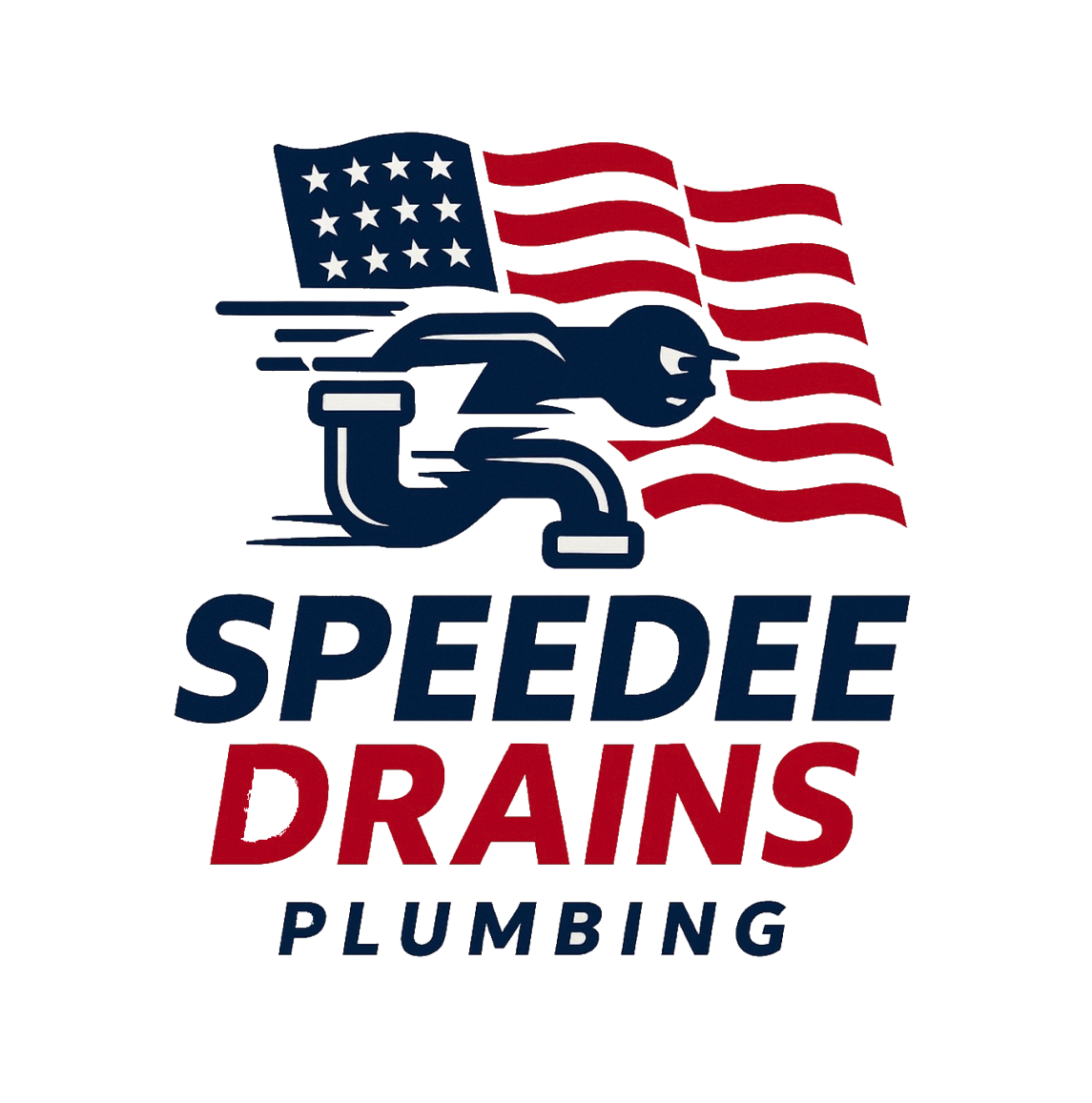Dishwasher Leaks: Common Problems and How to Troubleshoot Them
A dishwasher is one of the most helpful appliances in the modern kitchen. It saves time, conserves water, and makes daily life easier. But when water starts pooling around the base or leaking beneath the appliance, it’s more than just a mess—it’s a sign of a plumbing issue that can cause costly water damage.
At Speedee Drains Plumbing Pros, serving Orange County and Los Angeles County, we specialize in residential and commercial plumbing services, including leak detection, drain cleaning, hydro jetting, and sewer line repairs. In this guide, we’ll break down the most common causes of dishwasher leaks, troubleshooting steps you can try at home, and when it’s time to call in a professional.
1. Why Dishwasher Leaks Matter
Even a small leak can create big problems:
- Water waste: Gallons of water may leak unnoticed each cycle.
- Cabinet and flooring damage: Wood, laminate, and tile can warp or discolor.
- Mold growth: Moisture trapped under appliances leads to mildew.
- Plumbing system strain: A leaking dishwasher may signal larger issues in your home’s water or drain lines.
Catching leaks early saves money and protects your home.
2. Common Causes of Dishwasher Leaks
1. Worn or Damaged Door Gasket
The rubber seal around the door keeps water inside. When it wears out or cracks, water seeps out during cycles.
2. Loose or Cracked Hoses
Dishwashers use both an inlet hose (for water supply) and a drain hose (to carry wastewater out). Leaks often happen at the connections or if hoses split.
3. Faulty Water Inlet Valve
The valve that controls water entering the dishwasher can fail, allowing too much water in or dripping when it shouldn’t.
4. Overloaded or Improper Loading
Too many dishes, or dishes blocking the spray arms, can force water against the door seal.
5. Detergent Issues
Using the wrong soap (like regular dish soap instead of dishwasher detergent) causes excess suds and leaks.
6. Damaged Pump or Motor Seal
Located beneath the unit, the pump circulates water. If seals wear out, water escapes under the dishwasher.
7. Clogged Drain Line
If the dishwasher drain line is clogged, water can back up and leak onto the floor.
3. Troubleshooting Dishwasher Leaks
Step 1: Identify the Leak Location
- Front of the dishwasher: Likely a gasket or overloading issue.
- Underneath the unit: Could be hoses, pump, or motor seals.
- Side of the dishwasher: Often a loose or cracked water inlet connection.
Step 2: Check the Door Gasket
- Open the door and inspect the gasket for cracks, tears, or buildup.
- Clean with warm, soapy water to remove food debris.
- If cracked or brittle, replace the gasket with a part specific to your model.
Step 3: Inspect the Hoses
- Pull the dishwasher slightly forward.
- Check the water inlet and drain hoses for cracks, bulges, or loose clamps.
- Tighten hose clamps or replace damaged hoses.
Step 4: Test the Water Inlet Valve
- Disconnect power and water supply.
- Remove the lower access panel.
- Look for drips coming from the valve where the water line enters.
- Replace the valve if leaking.
Step 5: Watch Your Loading Habits
- Don’t block spray arms.
- Avoid overcrowding dishes.
- Use only dishwasher-approved detergent.
Step 6: Check the Pump and Motor Seal
- Inspect under the unit while running a short cycle.
- If water leaks near the motor, the pump seal may need replacement.
- For major leaks, professional repair or replacement may be necessary.
Step 7: Ensure the Drain Line Is Clear
- Disconnect the drain hose and inspect for clogs.
- Use a plumber’s snake or flush with water to clear.
- If clogs are deeper in the line, professional drain cleaning or hydro jetting may be needed.
4. Preventing Dishwasher Leaks
- Replace hoses every 5–7 years: Use braided stainless steel for durability.
- Inspect gaskets annually: Clean regularly and replace at the first sign of wear.
- Use the right detergent: Prevents excessive suds and leaks.
- Scrape dishes lightly: Avoid large food debris clogging pumps or drains.
- Schedule plumbing inspections: Catch leaks early before damage spreads.
5. When to Call a Professional
DIY fixes work for minor gasket or hose issues, but some problems need professional attention.
Call a plumber if:
- Leaks persist after replacing gaskets or hoses.
- Water pools beneath the unit even when not running.
- Electrical components near the leak are compromised.
- Multiple drains in the kitchen back up along with the dishwasher.
At Speedee Drains Plumbing Pros, we use advanced leak detection equipment to find hidden leaks and provide permanent solutions.
6. Commercial Dishwasher Leaks
For restaurants and businesses, a leaking dishwasher can disrupt service and create safety hazards. Common commercial issues include:
- High-volume use wearing out hoses faster.
- Grease-heavy wastewater clogging drains.
- Hard water scaling that damages seals.
Regular maintenance, hydro jetting, and inspections are essential for commercial kitchens to avoid costly downtime.
Final Thoughts
A leaking dishwasher is more than an inconvenience—it can cause water damage, mold growth, and costly repairs if ignored. By learning the common causes, troubleshooting steps, and preventive measures, you can address minor leaks quickly and know when to call a professional.
At Speedee Drains Plumbing Pros, we proudly serve Orange County and Los Angeles County with expert residential and commercial plumbing services, specializing in leak detection, drain cleaning, hydro jetting, and sewer line repairs. Whether you need a simple repair, a new installation, or a full inspection, our experienced team is ready to help keep your kitchen dry and efficient.
